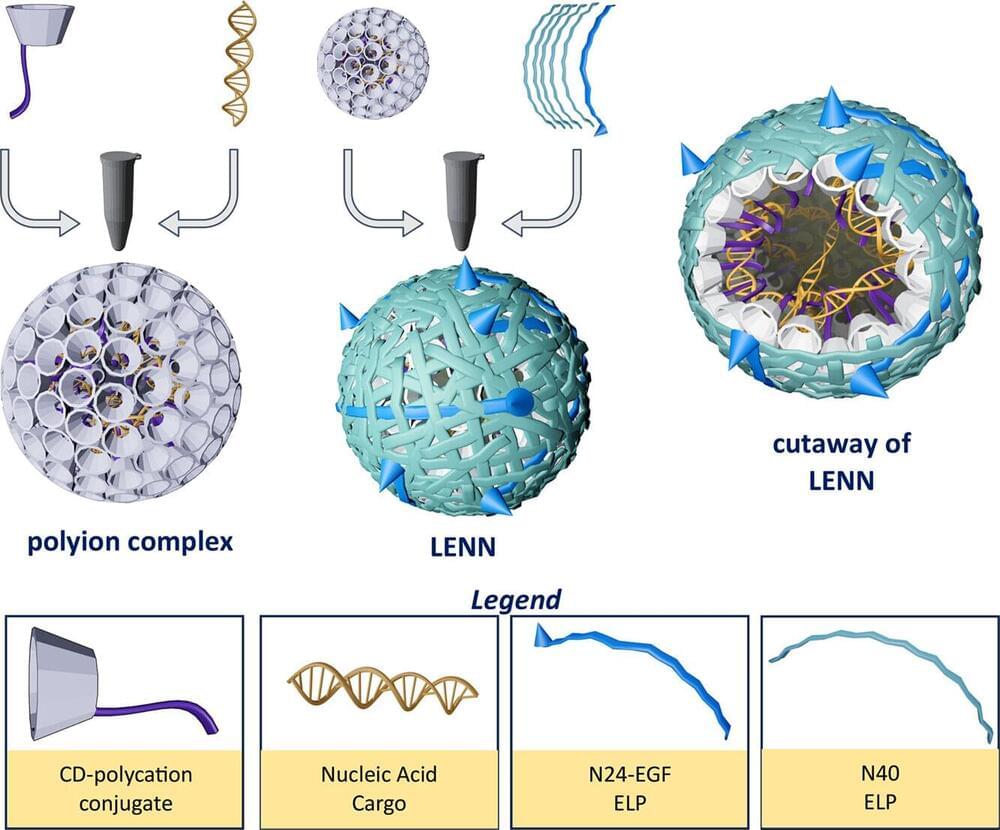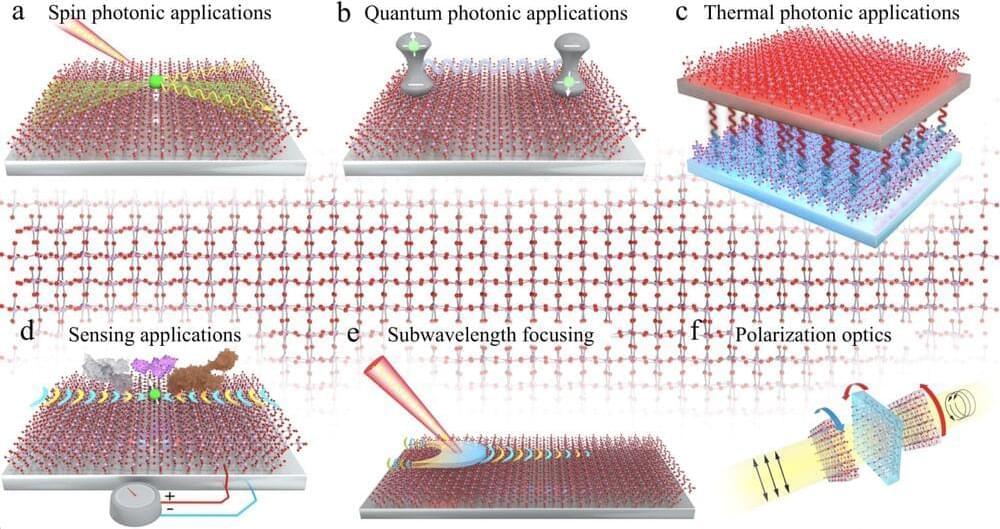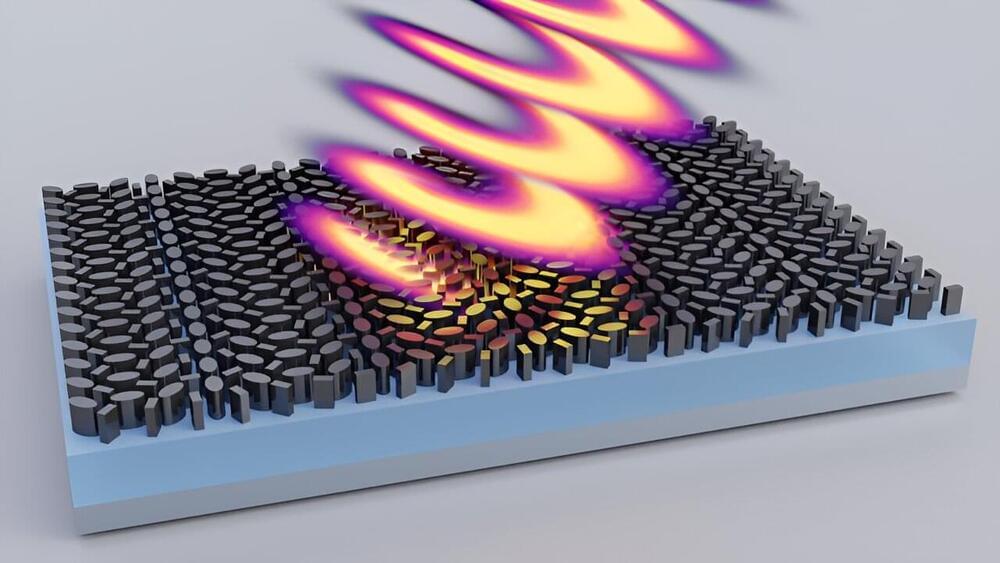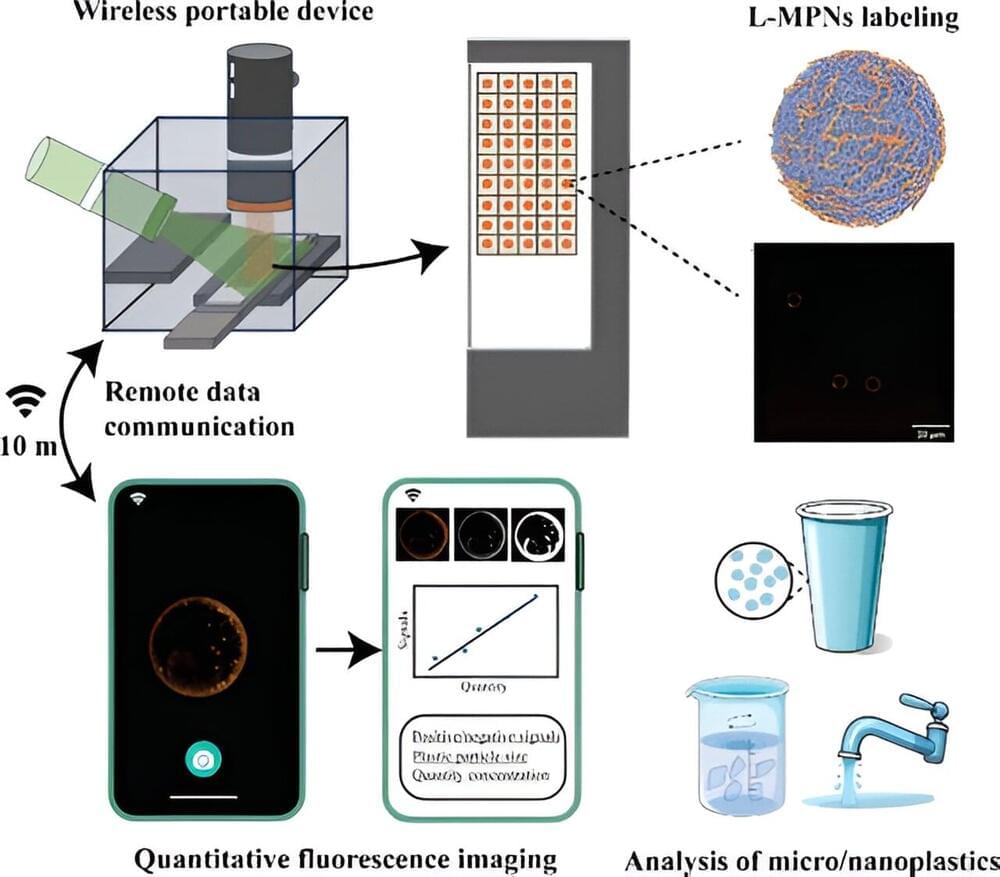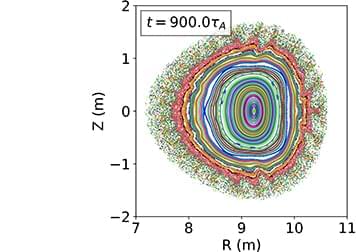Page 355
Aug 29, 2024
Why AI Is Creating A Revolution In SaaS Pricing Models
Posted by Shubham Ghosh Roy in category: robotics/AI
Alvaro Morales is the co-founder and CEO of Orb, a flexible usage-based billing engine for modern software pricing models.
Many SaaS companies want to leverage AI in their products. However, since AI is so new, pricing remains volatile. Costs can drop drastically for an AI model when the next iteration is out, and many companies lower their pricing in response to a competitor launch to gain or retain market share.
In addition to the fluctuating and unpredictable model prices, AI pricing is mostly based on usage. Customer usage is usually difficult to predict, which affects the costs your product will incur if it relies on AI models.
Aug 29, 2024
Researchers map 50,000 of DNA’s mysterious ‘knots’ in the human genome
Posted by Saúl Morales Rodriguéz in categories: biotech/medical, innovation
Researchers have mapped 50,000 of DNA’s mysterious “knots” in the human genome. The innovative study of DNA’s hidden structures may open up new approaches for treatment and diagnosis of diseases, including cancer.
Aug 29, 2024
Rare earth single atoms enhance manganese oxide’s electrochemical oxygen evolution
Posted by Saúl Morales Rodriguéz in categories: chemistry, particle physics, sustainability
An international group of researchers has developed a novel approach that enhances the efficiency of the oxygen evolution reaction (OER), a key process in renewable energy technologies. By introducing rare earth single atoms into manganese oxide (MnO2), the group successfully modulated oxygen electronic states, leading to unprecedented improvements in OER performance.
Aug 29, 2024
Researchers take inspiration from viruses to improve delivery of nucleic acid-based therapies to cancer cells
Posted by Saúl Morales Rodriguéz in category: biotech/medical
A researcher in Purdue University’s College of Science is developing a patent-pending platform technology that mimics the dual-layer structure of viruses to deliver nucleic acid (NA)-based therapies to targeted cancer cells.
Aug 29, 2024
Manipulation of nanolight provides new insight for quantum computing and thermal management
Posted by Saúl Morales Rodriguéz in categories: computing, quantum physics
A recent study led by University of Minnesota Twin Cities researchers provides fundamental insight into how light, electrons, and crystal vibrations interact in materials. The research has implications for developing on-chip architectures for quantum information processing, significantly reducing fabrication constraints, and thermal management.
Aug 29, 2024
Researchers demonstrate metasurfaces that control thermal radiation in unprecedented ways
Posted by Saúl Morales Rodriguéz in categories: materials, nanotechnology
Researchers with the Advanced Science Research Center at the CUNY Graduate Center (CUNY ASRC) have experimentally demonstrated that metasurfaces (two-dimensional materials structured at the nanoscale) can precisely control the optical properties of thermal radiation generated within the metasurface itself. This pioneering work, published in Nature Nanotechnology, paves the way for creating custom light sources with unprecedented capabilities, impacting a wide array of scientific and technological applications.
Aug 29, 2024
How much microplastic are you drinking? New tool can tell you in minutes
Posted by Saúl Morales Rodriguéz in categories: food, neuroscience
Micro-and nanoplastics are in our food, water and the air we breathe. They are showing up in our bodies, from testicles to brain matter. Now, University of British Columbia researchers have developed a low-cost, portable tool to accurately measure plastic released from everyday sources like disposable cups and water bottles.
Aug 29, 2024
Investigating nonlinear magnetohydrodynamics in an optimized, reactor-scale quasi-axisymmetric stellarator
Posted by Saúl Morales Rodriguéz in categories: evolution, particle physics
We use the new simulation capabilities of the extended-magnetohydrodynamic (MHD) code, M3D-C1, to investigate the nonlinear MHD properties of a reactor-scale quasisymmetric stellarator equilibrium. Our model captures the self-consistent evolution of the magnetic field, temperature, density, and flow profiles without imposing restrictions on the structure of the first. We include the effects of resistivity using a realistic temperature-dependent Spitzer model, along with a model for heat transport that captures the key physical characteristic, namely, strongly anisotropic diffusion in directions perpendicular and parallel to the magnetic field. We consider a quasi-axisymmetric, finite-pressure equilibrium that was optimized for self-consistent bootstrap current, quasi-symmetry, and energetic particle confinement. Our assessment finds that the equilibrium is highly unstable to interchange-like pressure-driven instabilities near the plasma edge. The initially unstable modes rapidly destabilize other modes in the direction of the N-fold rotational symmetry (toroidal, in this case). For this equilibrium, N = 2, meaning destabilization of a large number of even-numbered toroidal Fourier modes. Thus, field-periodicity is likely to be an important factor in the nonlinear MHD stability characteristics of optimized stellarators.
Aug 29, 2024
Scientists Uncover a Billion-Year Secret in Earth’s Largest Iron Ore Deposits
Posted by Saúl Morales Rodriguéz in category: futurism
Curtin University researchers found that Western Australia’s Hamersley iron ore deposits are one billion years younger than previously believed, formed during significant geological events 1.4 to 1.1 billion years ago.
Research conducted by Curtin University has uncovered that the vast iron ore deposits in Western Australia’s Hamersley Province are approximately one billion years younger than previously estimated. This finding could significantly boost the search for more of the resource.
Using a new geochronology technique to accurately measure the age of iron oxide minerals, researchers found the Hamersley deposits formed between 1.4 and 1.1 billion years ago, rather than 2.2 billion years ago as previously estimated.




